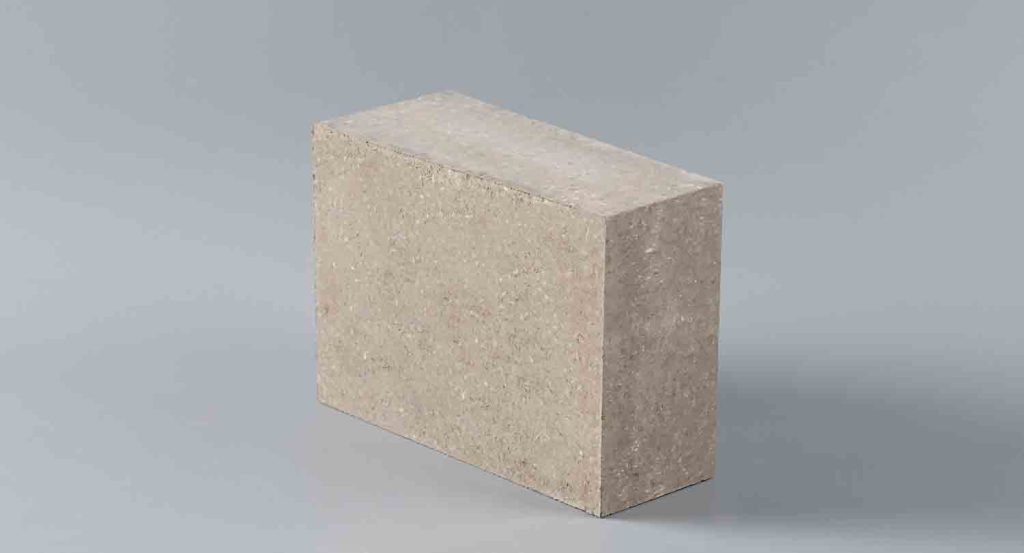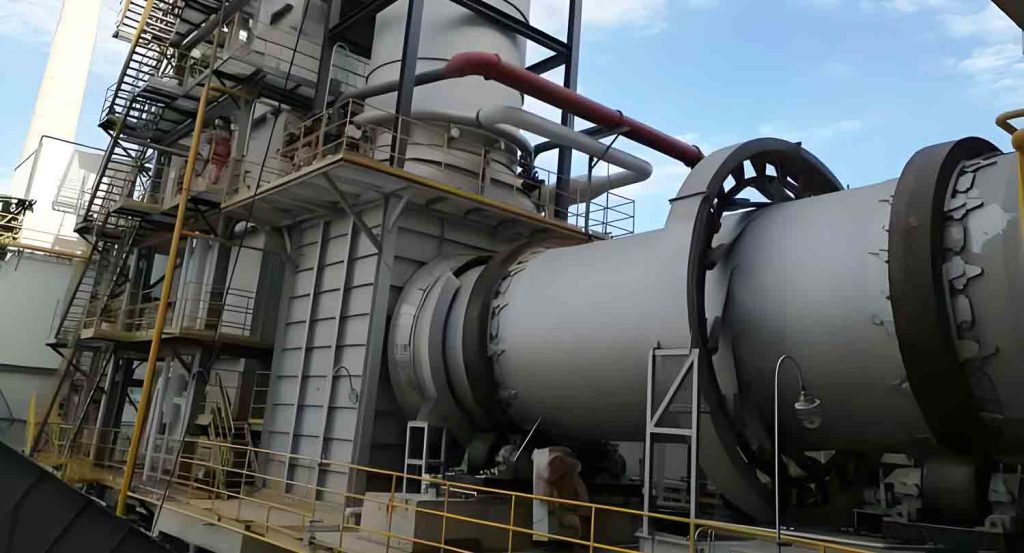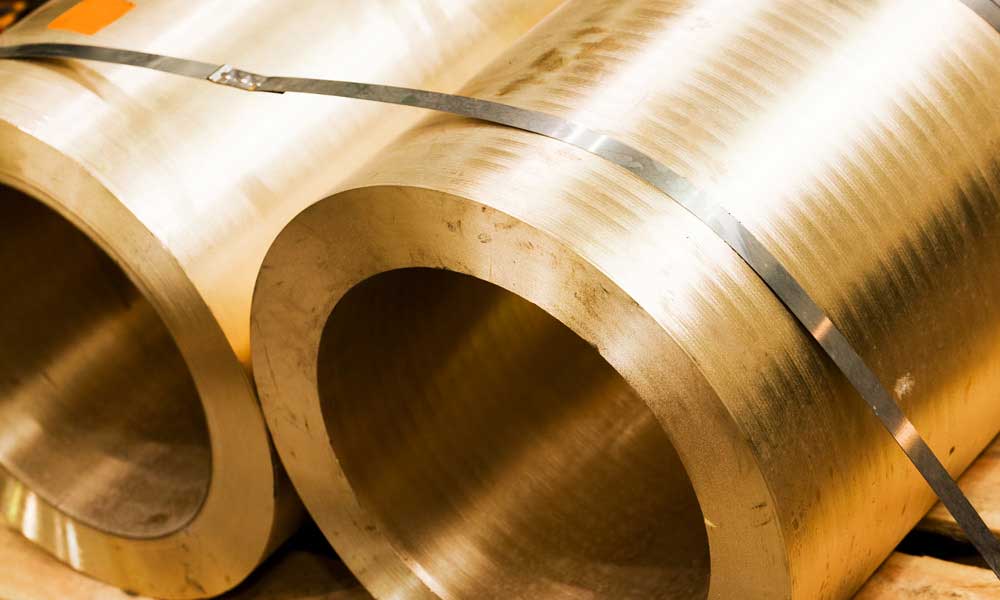
Core Features: Chemical Bonding
Unfired Low-Temperature Treatment: This chemically bonded brick is made by phosphoric acid or aluminum phosphate solution as the binder, machine pressed and then heat-treated at 400–600°C, high-temperature sintering is not required.
Bonding Mechanism: Phosphate reacts with alumina to form an aluminum phosphate (AlPO4) compound, forming a high-strength chemical bond.

Excellent physical properties
Ultra-high wear resistance: Due to its high density (bulk density ≥ 2.65 g/cm³) and chemical bonding, it offers significantly better wear resistance than ordinary high-alumina bricks, making it suitable for high-wear areas.
Excellent thermal shock stability: With a high apparent porosity and low elastic modulus, it boasts a thermal shock resistance of >10 cycles (1100°C water-cooled), making it suitable for frequent start-stop conditions.
High Cold Crushing Strength: With a compressive strength of 70MPa to 150 MPa, it offers excellent mechanical shock resistance.
Chemical corrosion resistance: Exceptional resistance to alkali corrosion surpasses that of clay bricks and ordinary high-alumina bricks.

Phosphate bonded high alumina bricks are suitable for industrial furnaces with dynamic heat loads, high wear, and frequent alkali corrosion. The specific applications are as follows:
| Industry | Application | Advantages |
| Cement | Rotary kiln transition zone, cooling zone, grate cooler, kiln head cover | Resistant to material erosion, alkali corrosion, and thermal shock |
| Metallurgy | Electric furnace top, coke oven combustion chamber | Resistant to high temperature airflow impact and peeling |
| Chemistry Furnace | Phosphorus chemical kilns (such as calcium phosphate kilns), secondary combustion chambers of waste incinerators | Acid atmosphere corrosion resistance, thermal shock resistance |
| Lime | High temperature zone, transition zone | Resistant to lime erosion, micro expansion reduces lining cracking |
| Power Industry | Circulating fluidized bed boiler lining | Wear-resistant and fly ash-resistant |

Phosphate-bonded wear-resistant high-alumina bricks have the core advantages of no-burning process, ultra-high wear resistance, thermal shock resistance and alkali corrosion resistance, making them the preferred material for dynamic working conditions such as cement rotary kiln transition zones and grate coolers.







